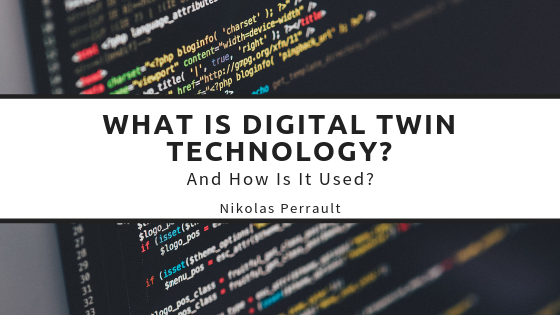A digital twin is an exact replica of something that exists in the physical world. Digital twins are made possible through the Internet of Things. Data is collected from the physical world with sensors and is then sent to machines to reconstruct. The concept was first introduced in 2002 by Michael Grieves at the University of Michigan, but only become affordable and accessible by a larger audience once the Internet of Things was invented.
Digital twins are used by businesses to increase efficiency and improve operations. It can also be used to discover any issues before it happens to the duplicate. These lessons can then be applied to the original system with less risk and a higher return on investment. Essentially, it lets creators test a product and determine any flaws before making the product available to consumers. By 2020, Gartner predicts there will be 21 billion sensors, making digital twins possible for billions of items.
Pairing technology, a precursor to digital twins, has been used by NASA since the beginning of space exploration. This allowed engineers to repair issues on spacecraft while it was in space, namely the Apollo 13 mission. Now, NASA uses digital twins to explore next-generation aircraft and vehicles.
By 2024, Chevron plans to implement digital twin technology into their equipment used on oil fields and refineries. They expect this will save them millions of dollars in maintenance costs, as the digital twin will provide them with a real-time view of what is happening with their equipment.
The use of digital twins isn’t just limited to the engineering and manufacturing fields. It’s also been implemented in the healthcare field. Digital twins can be created of either a patient or an individual organ so surgeons and healthcare professionals can practice procedures before attempting them on an actual patient. Using sensors as small as a bandage, patients can be monitored and digital models can be produced using artificial intelligence.
Formula 1 car racing has also employed digital twins to help drivers improve their performances. In racing, every second counts so it’s important for drivers to be fully prepared if they hope to win. The use of digital twins allows the driver and their maintenance team know what adjustments need to be made so they can account for those before entering the race.
As artificial intelligence continues to grow and be implemented in industries, the use of digital twins will grow in response.

